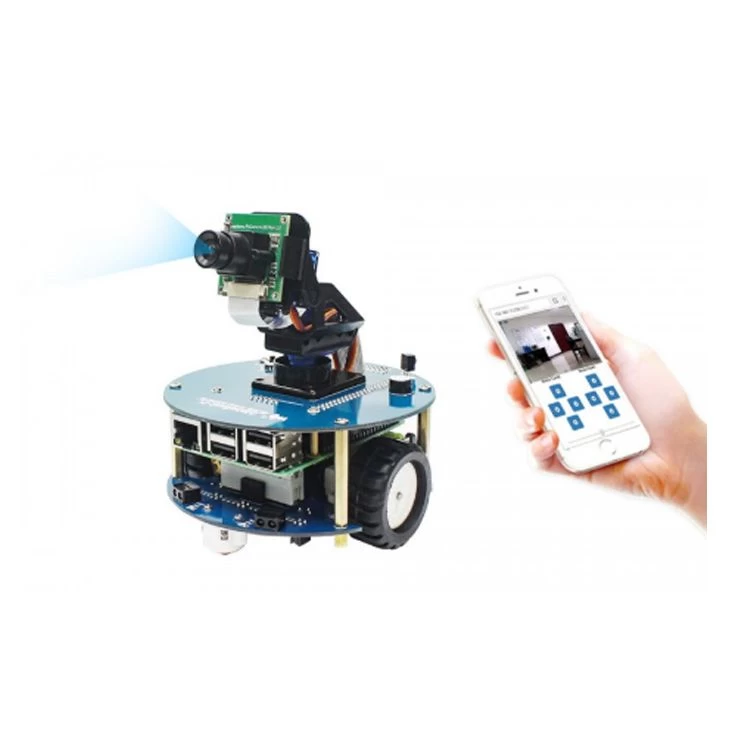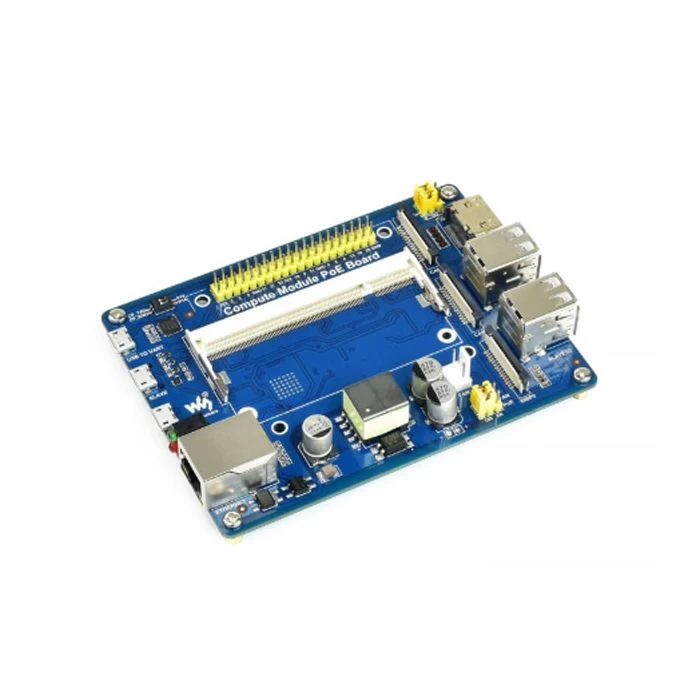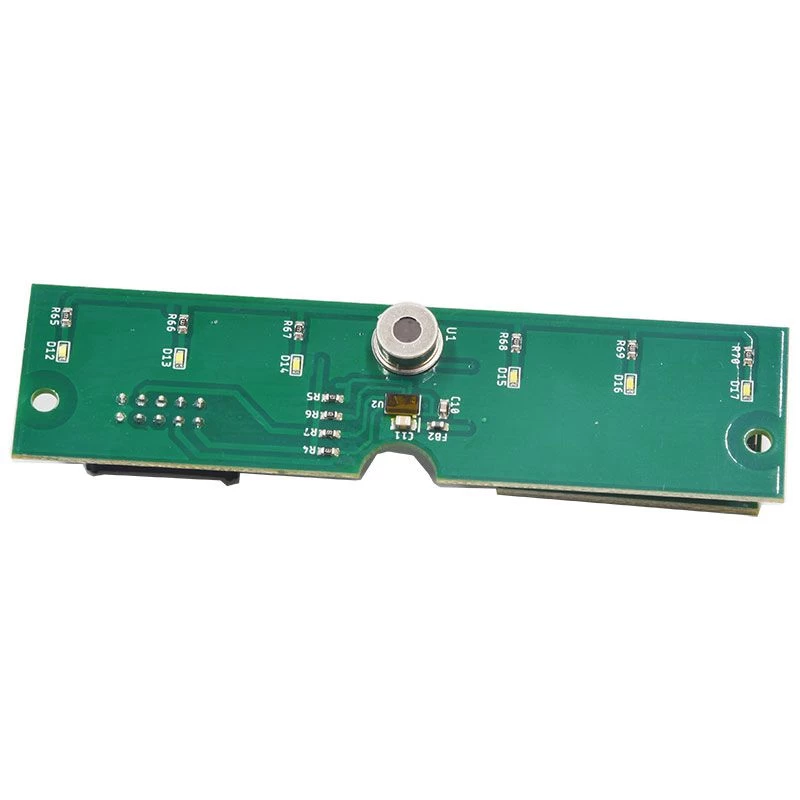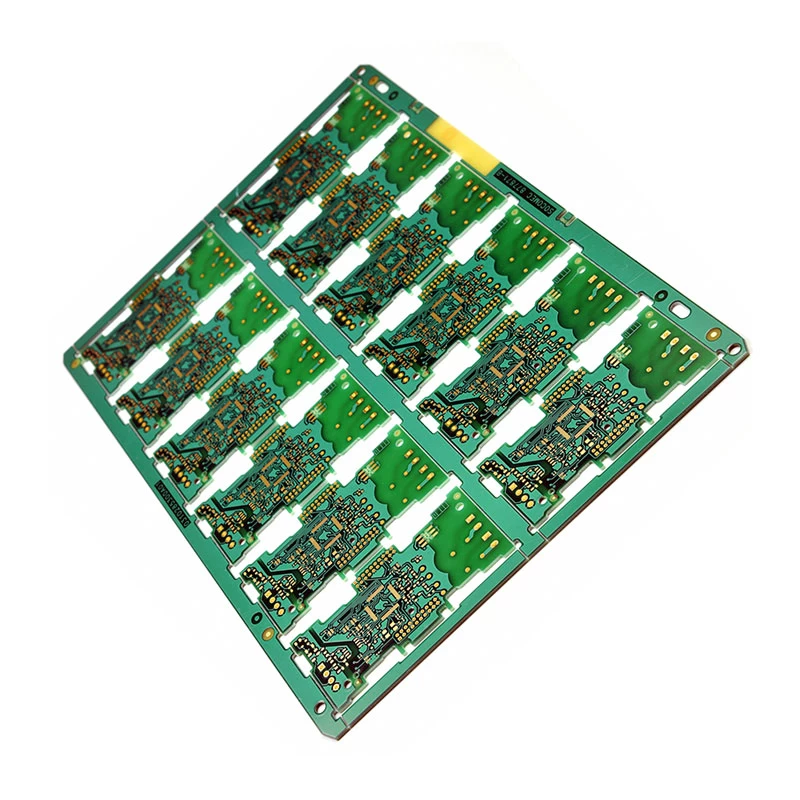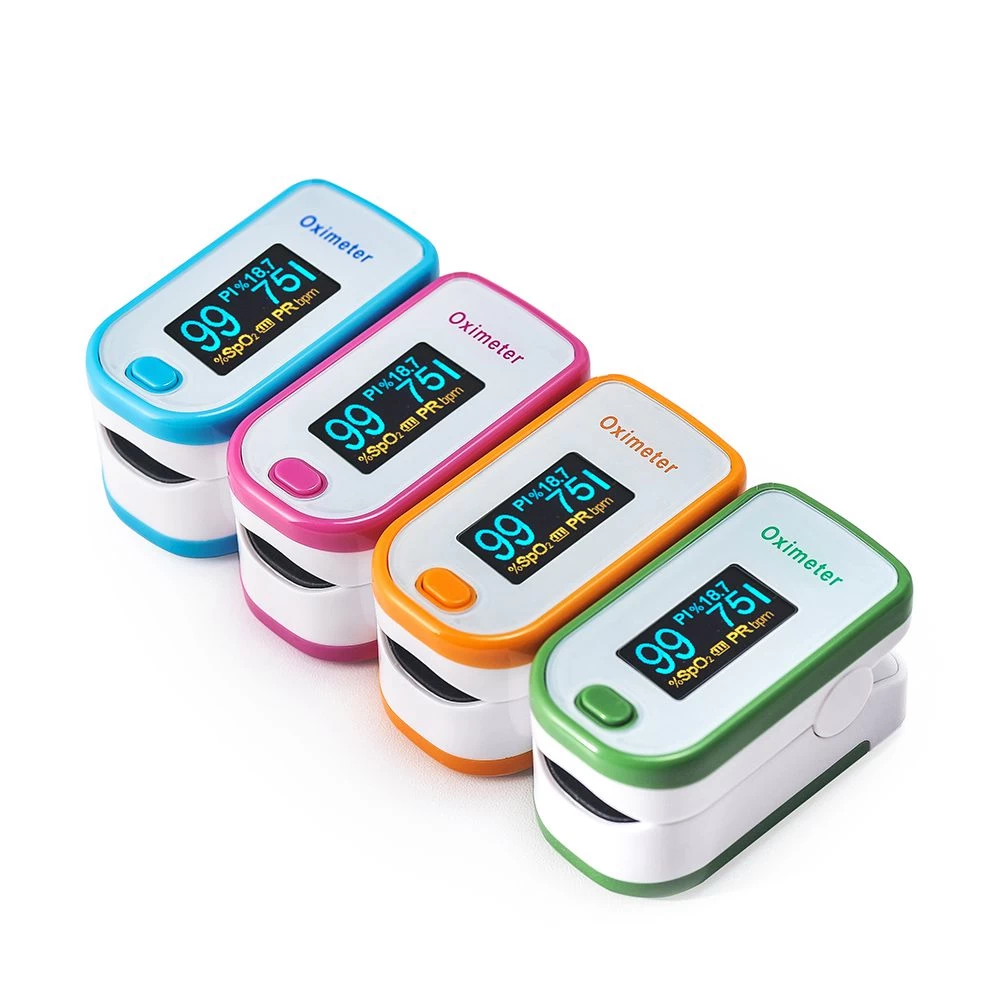How to prevent static electricity during PCBA processing?

In serious cases, it will cause damage to the device and the circuit. Only by taking anti-static measures to protect the machine and components to the greatest extent, how should the PCBA be anti-static when processing? Let's take a look at it with Jingbang Electronics.

The anti-static precautions during PCBA processing are as follows:
1. All personnel who come into contact with components and products wear anti-static clothing, wear anti-static bracelets, and wear anti-static shoes.
2. The anti-static system must have a reliable grounding device. The anti-static ground wire must not be connected to the power supply neutral line, and should not be shared with the lightning protection ground wire.
3. All components are treated as static sensitive devices.

4. During the operation, use anti-static work surface, components and semi-finished products are used in anti-static containers.
5. The welding equipment is reliably grounded. The electric iron is anti-static and needs to be tested before use.
6. When the warehouse management personnel send materials and IQC test, wear anti-static gloves, use the instrument to be reliably grounded, and the work surface is covered with anti-static rubber pad.
7. Regularly check the above anti-static tools, settings and materials to confirm that they are in the required condition.













